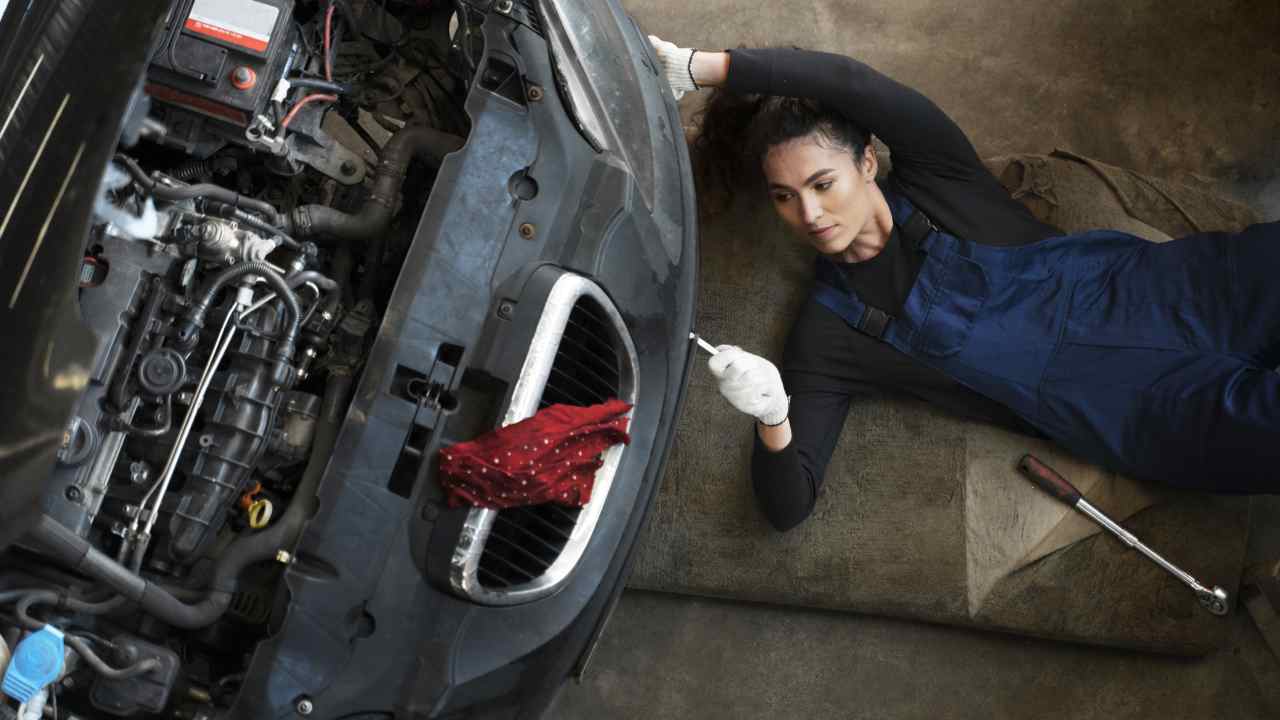Car trouble can be a real headache—and an expensive one at that. Whether it’s a weird noise, a dashboard light flickering on, or just the inconvenience of an unexpected breakdown, car problems can disrupt your day. But what if you could tackle some of these issues yourself? Understanding your vehicle and basic maintenance can save both time and money while keeping you safe on the road. In this blog post, we’ll explore common car problems, how to diagnose them, and practical solutions you can implement right at home.
Identifying the Problem
Knowing what might be wrong with your car is the first step to fixing it. While some issues are minor annoyances, others can signal major trouble if left unchecked. Here are some of the most common car problems:
- Engine Trouble: This could manifest as strange noises, decreased performance, or the dreaded “check engine” light.
- Battery Problems: A dead or weak battery can leave you stranded, especially in cold weather.
- Overheating: This can cause serious damage if not addressed promptly. It’s often due to issues with the cooling system.
By identifying these problems early, you can prevent little issues from becoming big ones.
Diagnosing and Troubleshooting
Once you have a list of potential problems, it’s time to play detective. Diagnosing a car issue doesn’t always require a mechanic’s skillset. Here’s how you can do it:
- Visual Checks: Start by looking for obvious signs of trouble. Leaking fluids, worn belts, or damaged hoses can often be spotted with a quick glance under the hood.
- Diagnostic Tools: Invest in a basic OBD-II scanner. This handy tool plugs into your car and reads error codes that can guide you toward the issue.
- Understanding Your Manual: Your car’s manual is a treasure trove of information. It can help you decipher warning lights and suggest initial troubleshooting steps.
Armed with this information, you’ll be better prepared to pinpoint issues accurately.
Offering Solutions
Knowing how to fix common car problems can empower you and keep your vehicle running smoothly. Here’s a guide to solve some frequent issues:
- Engine Troubles: Regularly check your oil levels and replace spark plugs as needed. If the “check engine” light is on, use your diagnostic tool to read the code and address it accordingly.
- Battery Problems: Clean battery terminals and ensure they are tightly connected. Keep jumper cables in your car for emergencies and consider replacing the battery if it’s over three years old.
- Overheating: Check coolant levels regularly and top up if necessary. Inspect the radiator and hoses for leaks. If overheating persists, it might be time to visit a professional.
Always prioritize safety, and don’t hesitate to seek professional help if a problem seems beyond your skill level.
Regular Maintenance to Prevent Future Issues
Prevention is the best cure. Regular maintenance can keep your car healthy and avoid many common problems:
- Oil Changes: Regular oil changes keep your engine running smoothly. Follow the manufacturer’s recommendations for frequency.
- Tire Rotations: Rotating your tires extends their lifespan and ensures even wear. This should be done every 5,000 to 8,000 miles.
- Air Filters: Replacing air filters when they’re dirty can improve fuel efficiency and engine performance.
By following a routine maintenance schedule, you’ll keep your car in top shape and avoid costly repairs.
Recap and Encouragement
Understanding your vehicle and learning basic troubleshooting can make car ownership less daunting and more rewarding. You’ll not only save money but also gain peace of mind knowing you’re better prepared for any road bumps. We’d love to hear your stories—what tips or tricks have worked for you when maintaining your car?
For more insights on vehicle maintenance and safety, subscribe to our newsletter and keep your ride running smoothly!

